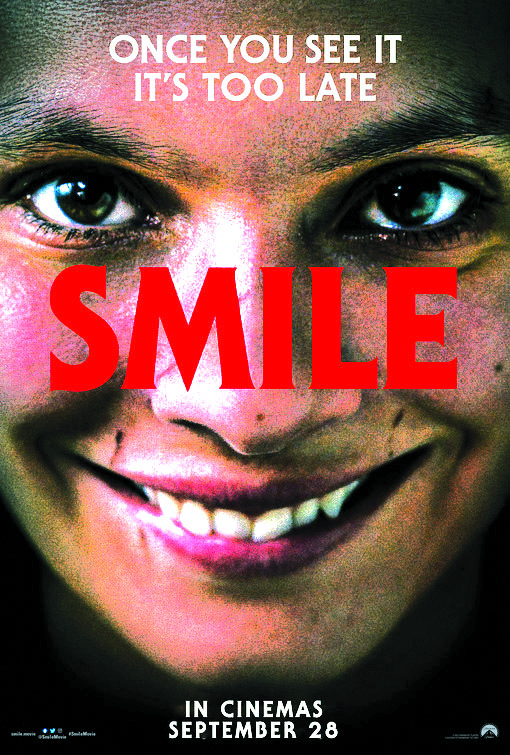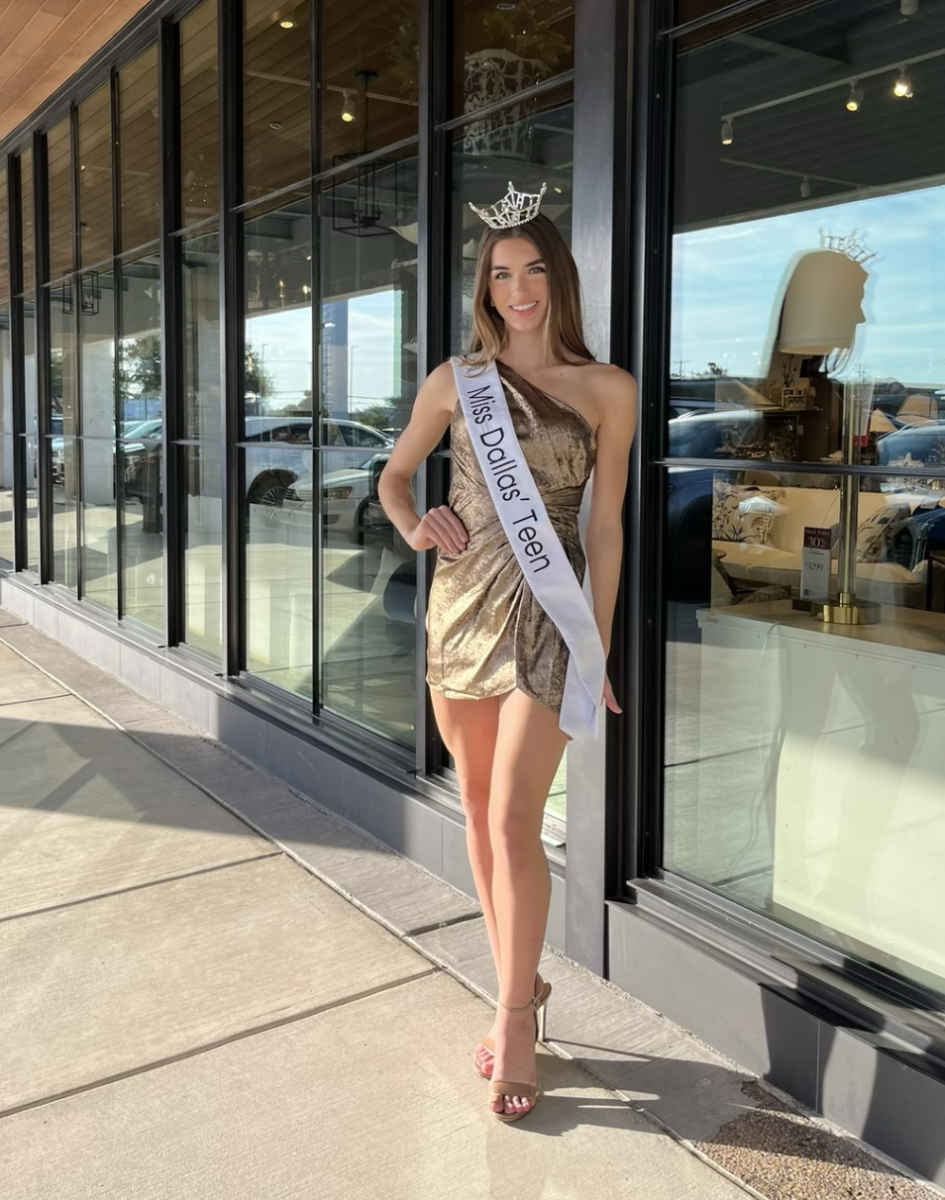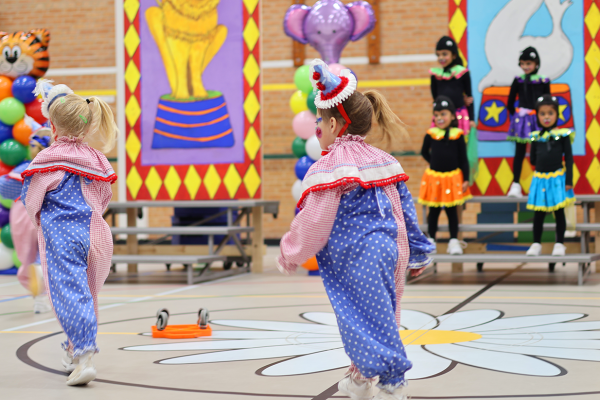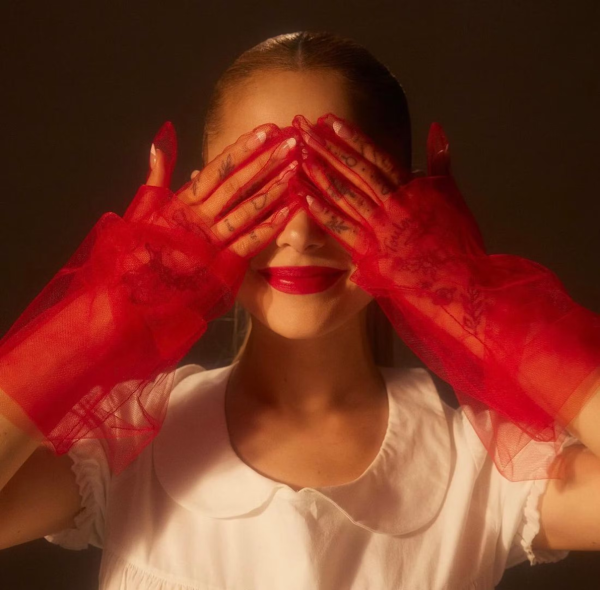Half smiles for “Smile”
November 10, 2022
In the midst of the Halloween season, horror fans crave a production that serves a scary good plot, spine-tingling suspense and an uneasiness that sticks with you for days after the first watch. “Smile,” which premiered Sept. 30, fails to check the aforementioned boxes.
Prior to its release, paid actors in the stands of streamed MLB games wore an intense, unblinking smile and a neon shirt, leaving the media terrified. This viral marketing campaign promised a satisfying scare, eventually setting up viewers for major disappointment.
“Smile” makes a sorry attempt to follow in the footsteps of director Ari Aster’s “Hereditary” and film series “The Ring,” all with plots of an inherited curse that leaves witnesses of heinous violence haunted by an unnerving sight.
The film centers on a corporeal curse with an eerie smile that stalks psychiatrist Dr. Rose Cotter after she witnesses the suicide of one of her patients, forcing her to confront her troubling past to escape her unbearable present. While Rose’s peers write off her experiences as fatigue or delusion, she perseveres to defeat the catalyst of this curse, inevitably resulting in the worst.
Although “Smile” suffers from its cliché plot of an inherited curse, it has a noteworthy underlying touch of psychological commentary. The movie successfully conveys the mentally draining aspect of what it’s like to carry the weight of anxieties or stress, and the exhausting process of trying to explain it to a peer.
The movie’s distinct image of a fake smile is symbolic of society’s method of hiding any signs of something wrong. “Smile” fabricates an intriguing image which the viewer is sure to recognize, whether it be in others or within themselves.
Woven throughout the film, the “psychological” aspect of this “psychological thriller” overpowers its “thriller” counterpart. While I wished for a unique thrill from writer and director Parker Finn, the classic smile gag leaves me settling for an underwhelming scare and more satisfied with its underlying message than the visual fright.














